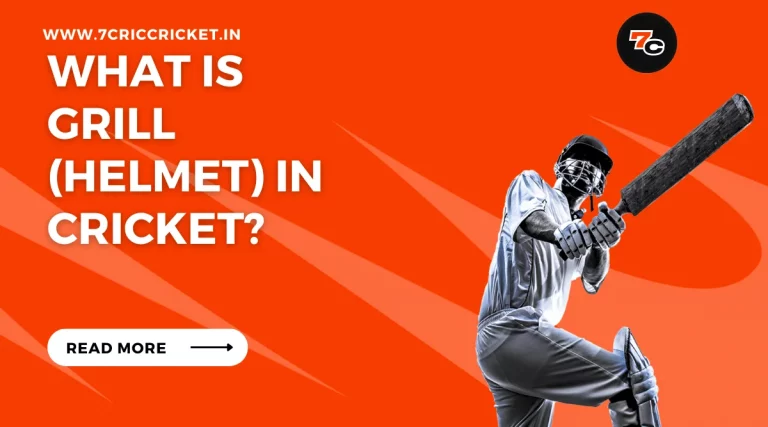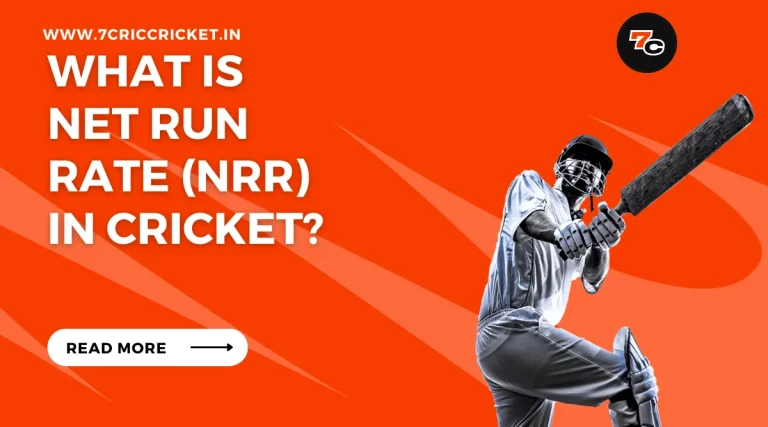What Is Free Hit in Cricket?
In the dynamic world of cricket, the concept of a ‘Free Hit’ has revolutionized the game. This insightful article explores the origins, triggers, and mechanics of this rule, shedding light on its impact on the sport.
By providing a comprehensive understanding of the Free Hit, readers will gain valuable insights into strategies for maximizing its potential and its overall significance in the ever-evolving landscape of cricket.
Up to 75% Reload Bonus on Aviator
Up to 75% Reload Bonus on Aviator
- Easy Sign-Up and Deposits
- The Biggest Bonuses in India
- Available in four different Indian languages
Summary & Key Takeaways
ShowOrigin of Free Hit Rule
Introduced by the ICC in 2007, the Free Hit rule in cricket addresses unfair bowling actions, giving batsmen a fair advantage. Its history is integral to the game’s evolution.
Prior to the introduction of the Free Hit rule, if a bowler delivered a no-ball, the batsman was awarded one extra run, but they did not get a chance to face a delivery without any further consequences.
This led to some criticism, as it was seen as an unfair advantage for the bowlers. The ICC recognized the need for a change and introduced the Free Hit rule to level the playing field.
The Free Hit rule gives the batsman an opportunity to score runs without the fear of getting out, except through a run-out.
If a bowler delivers a no-ball, the next delivery is called a Free Hit, where the batsman cannot be dismissed unless they are run out.
This rule has not only changed the dynamics of the game but has also added an extra element of excitement for the fans.
Circumstances That Trigger a Free Hit
Triggering a Free Hit in cricket occurs when a bowler delivers a no-ball in any form of the game.
This rule was introduced to penalize bowlers for overstepping the crease, thereby giving batsmen an opportunity to score freely without the risk of getting out.
The free hit rule has added an exciting dimension to the game, providing batsmen with a chance to showcase their skills and entertain the audience.
There are two types of free hits in cricket. The first type is awarded when a bowler delivers a front-foot no-ball, where the bowler’s foot crosses the popping crease before releasing the ball.
The second type is given when a bowler bowls an illegal delivery such as throwing or a full toss above waist height.
The consequences of a free hit are significant. The batsman cannot be dismissed by any mode of dismissal apart from a run-out.
This means that even if the batsman hits the ball in the air and is caught, he cannot be given out. The batsman can only be dismissed if he is run out at any point during the delivery.
This offers the batsman the freedom to play aggressive shots without fear of losing their wicket.
How a Free Hit Works
A free hit in cricket is a unique opportunity for the batsman to score runs without the risk of dismissal, and understanding how it works is crucial for both players and spectators.
When a bowler delivers a no-ball, either by overstepping the crease or by an illegal delivery, the next ball is called a free hit.
During a free hit, the batsman cannot be dismissed by any means except for a run-out. This rule was introduced to discourage bowlers from bowling illegal deliveries, and to give the batsman an advantage.
The free hit provides the batsman with scoring opportunities that they would not normally have.
Since they cannot be dismissed, they can play more aggressively and take risks without the fear of losing their wicket. This allows them to capitalize on any loose deliveries and score more runs.
On the other hand, bowlers need to employ different tactics while bowling a free hit. They cannot dismiss the batsman, so they often try to bowl a yorker or a slower delivery to restrict the scoring opportunities.
They might also set unconventional field placements to put additional pressure on the batsman.
Understanding how a free hit works not only enhances the viewing experience for spectators, but also enables players to make strategic decisions based on the situation.
It adds an exciting element to the game and showcases the skill and creativity of both batsmen and bowlers.
Strategies for Maximizing a Free Hit
To effectively capitalize on a free hit, batsmen should strategically assess the situation and seize scoring opportunities with confidence and precision.
The batting technique plays a crucial role in maximizing the potential of a free hit. Batsmen should aim to hit the ball into gaps and avoid fielders positioned strategically to restrict scoring.
They can employ a variety of shots, such as powerful drives, well-placed flicks, or innovative scoops, to keep the fielding team guessing and to maximize the chances of scoring boundaries or quick singles.
Fielding tactics also play a significant role in determining the success of a free hit.
The fielding team can opt for a defensive approach by placing fielders on the boundary to prevent boundaries, or they can employ a more aggressive approach by placing fielders in catching positions to try and take wickets.
Batsmen need to be aware of the fielding positions and adjust their shots accordingly.
By analyzing the fielding set-up and making smart decisions based on the situation, batsmen can make the most of a free hit and add valuable runs to their team’s total.
This strategic approach not only maximizes the scoring opportunities but also puts pressure on the fielding team to adapt and adjust their tactics.
Impact of Free Hit on the Game of Cricket
The implementation of the free hit rule in cricket has had a significant impact on the dynamics and strategies of the game.
This rule, which allows a batsman to face the next delivery without the risk of getting out, has brought about several changes in the way the game is played. Here are some key impacts of the free hit rule:
Increased aggression
The free hit rule has encouraged batsmen to play more aggressively, as they can take risks without the fear of losing their wicket. This has led to higher scoring rates and more exciting matches.
Role of technology
With the introduction of the free hit rule, the role of technology in cricket umpiring decisions has become even more crucial.
Close calls for no-balls are now reviewed using technology, ensuring that the batsman gets a fair chance to take advantage of the free hit.
Evolution of cricket rules
The free hit rule is just one example of how cricket rules have evolved over time. The game has constantly adapted to keep up with the changing demands and expectations of the audience.
The introduction of the free hit rule has added a new dimension to the game, making it more entertaining and unpredictable.
Wrapping Up: Understanding a Free Hit Rule
In conclusion, the introduction of the free hit rule in cricket has significantly impacted the game.
200% Spribe Aviator Welcome Bonus
200% Spribe Aviator Welcome Bonus
- Easy Sign-Up and Deposits
- The Biggest Bonuses in India
- 300% Welcome Bonus up to ₹10,000
This rule was introduced to deter bowlers from bowling deliberate no-balls and to give the batting team an advantage.
The free hit rule has added an extra layer of excitement and strategy to the game, as teams now have to carefully plan their tactics to maximize the opportunities provided by a free hit.
Anything You Need to Know about Free Hit Rule
How Is the Free Hit Rule Different From a No-Ball in Cricket?
The free hit rule in cricket is different from a no-ball as it allows the batsman to score runs without the fear of getting dismissed. This rule has a significant impact on game strategy, offering more opportunities for batsmen to score freely.
Can a Batsman Get Out on a Free Hit Delivery?
Yes, a batsman can score runs on a free hit in cricket. However, a batsman cannot be dismissed on a free hit, except in the case of a run-out.
Is a Free Hit Allowed in All Formats of Cricket?
Yes, a free hit is allowed in all formats of cricket. It is a penalty given to the batting team when the bowler has committed a no-ball. It has a significant impact on the game, as it allows the batsman to freely play a shot without the fear of getting out. This rule provides an exciting opportunity for the batting team to score runs and can often change the course of the game.
What Happens if the Bowler Bowls a Wide on a Free Hit Delivery?
If the bowler bowls a wide on a free hit delivery in cricket, it will not result in a no-ball. However, the batting team will still receive one run and the free hit will continue. This can have a significant impact on the outcome of the game.
Are There Any Restrictions on the Fielding Team During a Free Hit?
During a free hit in cricket, the fielding team faces certain restrictions. These restrictions limit their ability to dismiss the batsman, providing an advantage to the batting team. Understanding these restrictions is crucial for both teams to strategize effectively.








